
STOMPer Arborist spotted yellow poplar trees in Bukit Batok Nature Park, amongst other wonders of Nature, and shares them here on STOMP. He says:
"These pictures were taken at the Bukit Batok Nature Park.
"As I was jogging in the park one day I saw this tall tree with bright yellow leaves which reminded me of those yellow poplar trees (Liriodendron tulipifera) in the USA.
"Like the yellow poplar this tree grows to a height of about 80m.
"The famous yellow poplar tree bears cone-shaped fruits and they release winged seeds which are eaten by squirrels and beavers.
"The leaves usually turn yellow in autumn but in our tropical climate it is strange to see a tree with only yellow leaves in August.
"On the forest floor I found this bracket fungus (Ganoderma sp).
"This fungus usually attacks timber trees causing wood decay.
"The beautiful lake in the nature park was once a granite quarry. It is now a fresh water lake teeming with fish and tortoises."
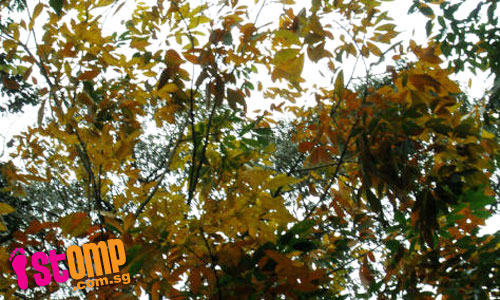
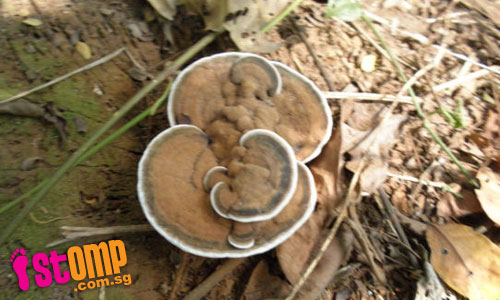
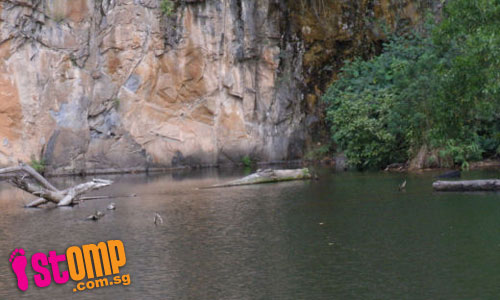
If the trees look like yellow poplar but aren't actually yellow poplar, then aren't the title and the introductory paragraph a little misleading?
The yellow poplar, also known as the American tulip tree or tulip poplar, is native to the forests of eastern North America, although it has been introduced to many temperate parts of the world.
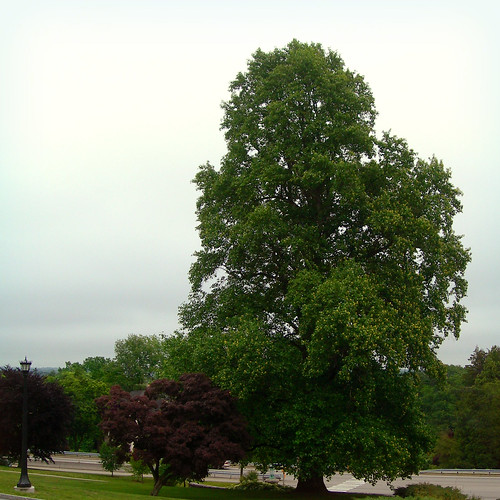
American tulip tree on Connecticut College;
(Photo by Seaweed Lady)
Despite its common name, it is not at all closely related to the poplars (Populus spp.). Its closest living relative is the Chinese tulip tree (Liriodendron chinense), which is found in many parts of central and southern China.
The American tulip tree is the tallest hardwood that can be found in the eastern forests.
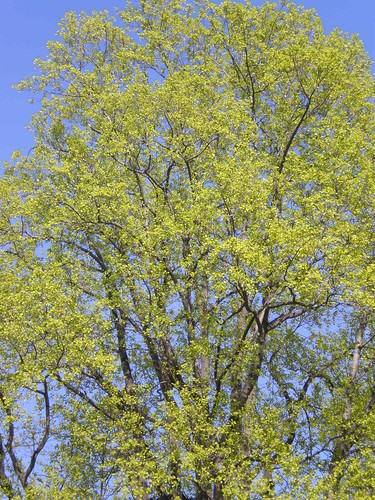
(Photo by Joel Abroad)

It also has very distinctive leaves.
(Photo by lucycat)

Its flowers bear a very close resemblance to tulips, hence its common name.
(Photo by William_Tanneberge r)

It produces large numbers of winged seeds, which are then dispersed by the wind.
(Photo by ophis)
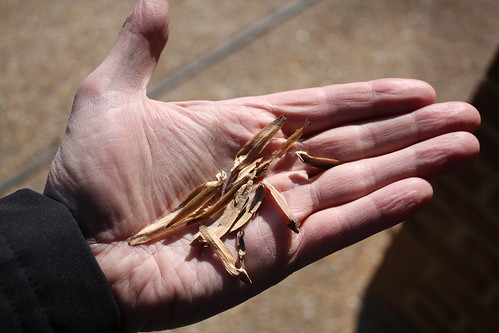
(Photo by claytonsnatives)
I have no idea which species of tree is represented in the original post on STOMP, although I am quite sure that it is not an American tulip tree.
Another thing that I am quite sure of is that you won't find any tortoises swimming in the lake; I see this person still hasn't learned anything about the differences between turtles and tortoises, which are wholly terrestrial.